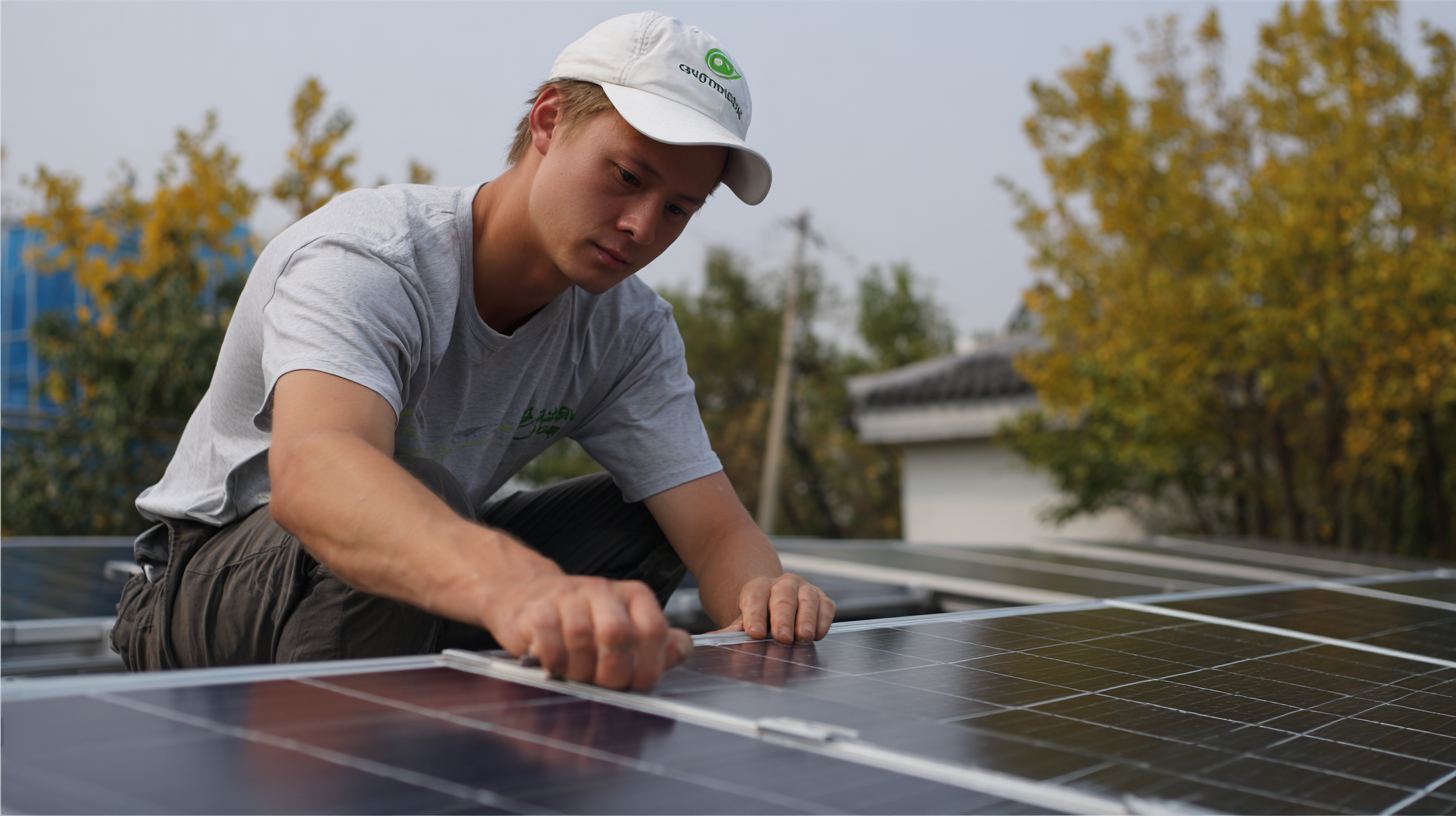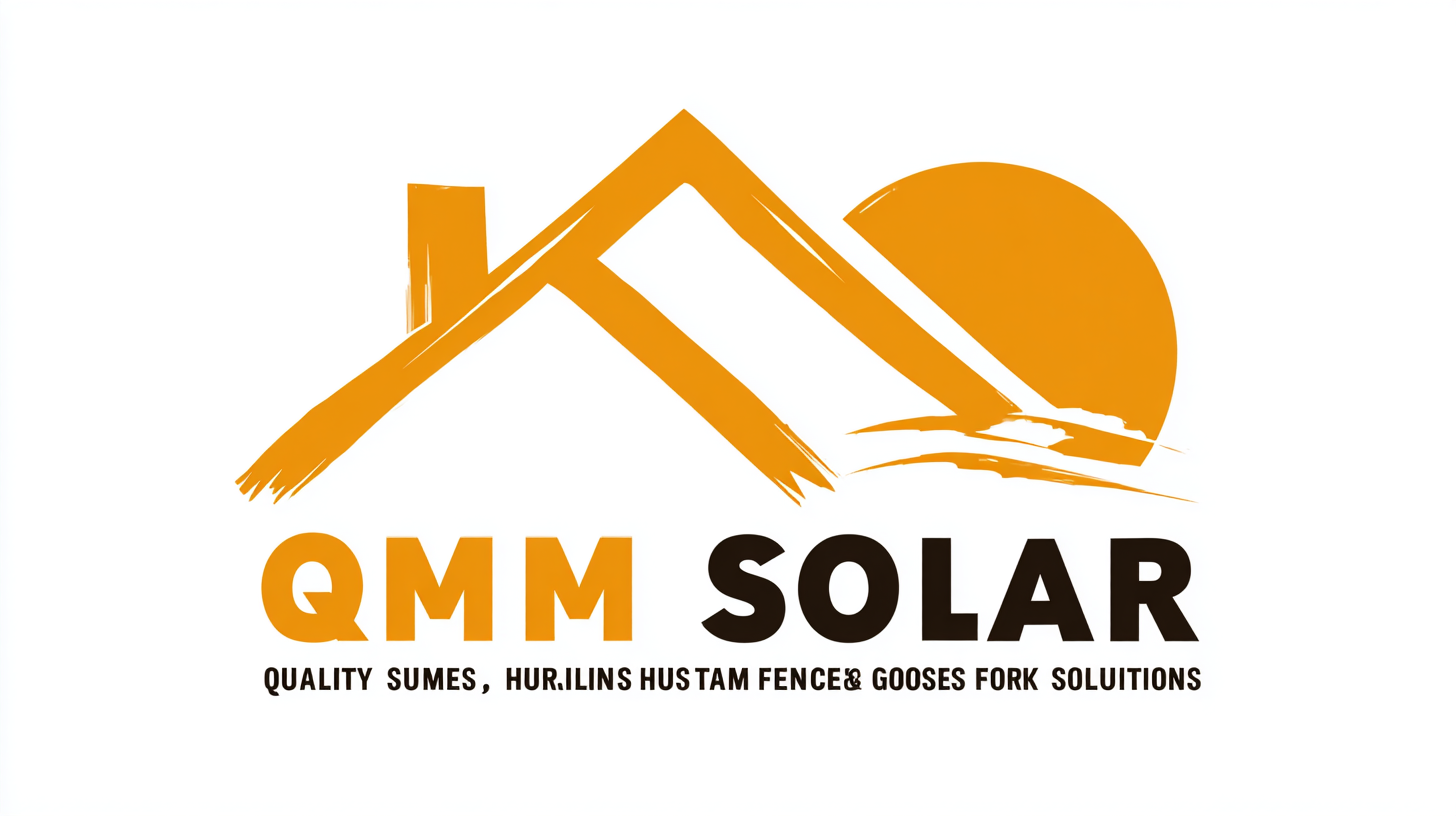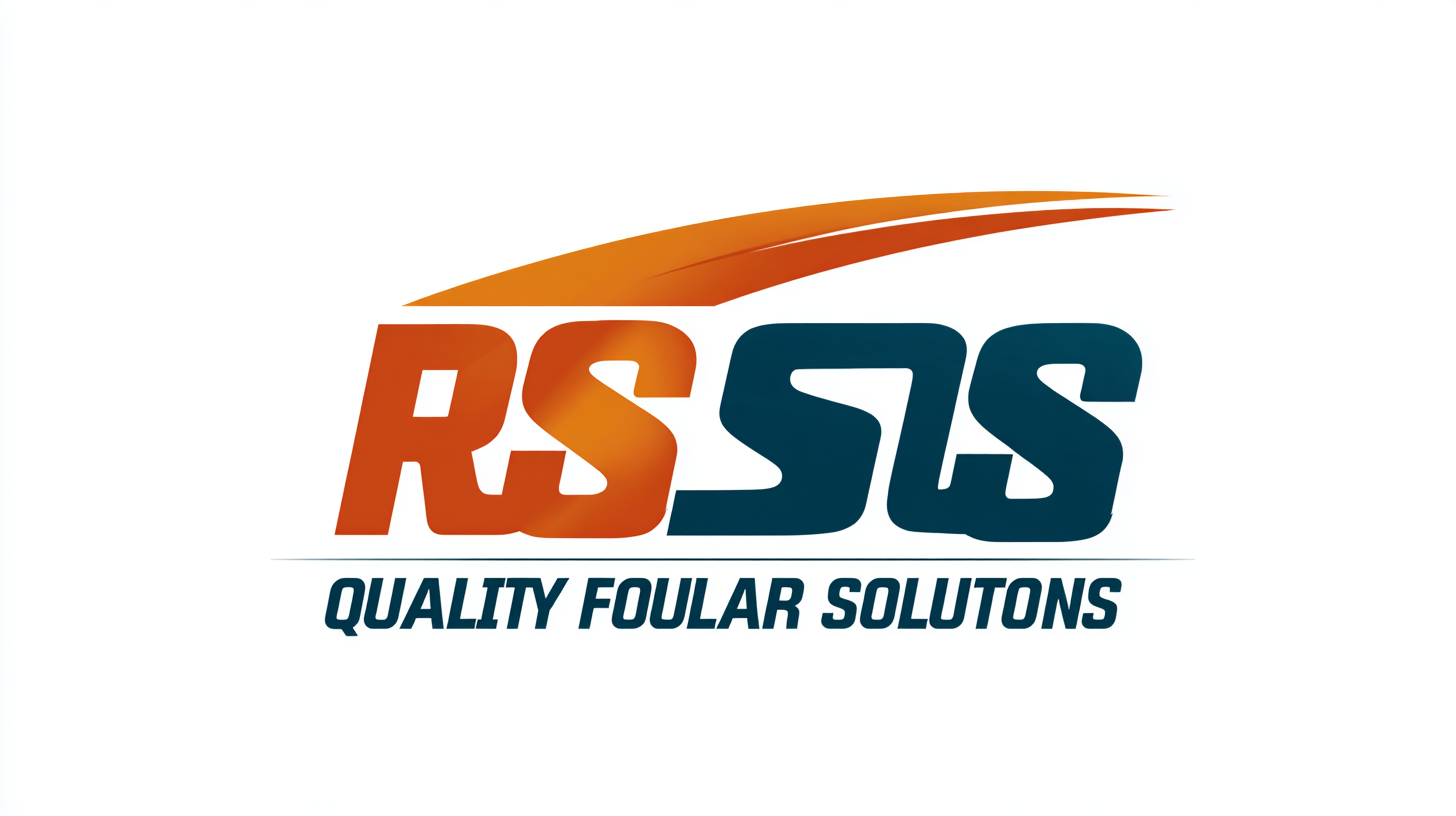Tel : 94870 36000, 94860 36000, 94890 36000
Quality Focus Chinese Manufacturing Leading Global Exports of Best Home Solar Solutions
As the global shift towards renewable energy intensifies, the home solar market is experiencing unprecedented growth, with China emerging as a dominant player in this sector. According to the International Energy Agency, over 100 gigawatts of solar capacity was added worldwide in 2020, with China accounting for nearly 50% of that new capacity. The country’s manufacturing prowess, coupled with its focus on quality and innovation, has positioned it at the forefront of global home solar exports. With consumers increasingly seeking sustainable and cost-effective energy solutions, Chinese manufacturers are set to lead the charge, providing cutting-edge home solar technologies that cater to the diverse needs of households across the globe. This blog will explore the factors contributing to China's leadership in home solar solutions, the benefits they offer, and what the future holds for this vibrant industry.

Table of Contents
[Hide]
Key Technical Specifications of Top Quality Chinese Solar Products
In recent years, Chinese manufacturing has emerged as a powerhouse in the global solar energy market, showcasing an impressive array of high-quality solar products. The focus on quality has been instrumental in propelling Chinese companies to the forefront of global exports. As homeowners and businesses alike seek sustainable energy solutions, the technical specifications of these products become paramount.
Key technical specifications of top-tier Chinese solar panels often include high efficiency ratings, which can reach over 20%, ensuring maximum energy capture even in less-than-ideal sunlight conditions. Additionally, these panels boast robust durability, often with warranties extending beyond 25 years, reflecting their long-term reliability and performance. Advanced technologies, such as bifacial cells, contribute to higher energy output by harnessing sunlight from both sides of the panel.
Moreover, Chinese solar inverters are designed to optimize energy conversion with unmatched precision. Featuring smart grid capabilities, these inverters can enhance energy management and integration with home automation systems. The combination of efficiency, durability, and advanced technology underscores why Chinese solar products are at the forefront of the home solar solutions industry, meeting the growing demand for reliable and sustainable energy options worldwide.
Quality Focus Chinese Manufacturing Leading Global Exports of Best Home Solar Solutions - Key Technical Specifications of Top Quality Chinese Solar Products
| Product Type | Power Output (W) | Efficiency (%) | Warranty (Years) | Price (USD) |
|---|---|---|---|---|
| Monocrystalline Solar Panel | 350 | 21.5 | 25 | 180 |
| Polycrystalline Solar Panel | 330 | 19.5 | 25 | 155 |
| Bifacial Solar Panel | 400 | 22.0 | 30 | 230 |
| Thin Film Solar Panel | 200 | 12.0 | 20 | 100 |
Innovative Manufacturing Processes Behind China’s Solar Solutions
China has emerged as the global leader in solar manufacturing, primarily due to its innovative manufacturing processes that emphasize efficiency and quality. Recent industry reports indicate that China accounts for over 70% of the world’s solar panel production, significantly outpacing other countries. Advanced technologies like automated robotic assembly lines and artificial intelligence in quality control have streamlined production, reducing costs and waste. For instance, according to the International Energy Agency (IEA), China's investment in cutting-edge technologies has resulted in a 30% decrease in production costs over the past five years, allowing for competitive pricing on international markets.
Moreover, Chinese manufacturers are increasingly adopting sustainable practices to enhance their solar solutions. Research from Wood Mackenzie shows that nearly 20% of solar panels produced in China now utilize recycled materials, reflecting a commitment to environmental responsibility. This shift not only enhances product appeal in eco-conscious markets but also aligns with global trends toward sustainability. By integrating innovative manufacturing processes with a focus on quality and efficiency, China's solar industry is set to maintain its dominance in global exports, providing the best home solar solutions for a greener future.
How to Select the Best Home Solar System for Your Needs
When selecting a home solar system, it's essential to assess your energy needs and understand the various components available. Microinverters have emerged as a critical component in this landscape, with the global market expected to grow significantly. From an estimated $4.12 billion in 2024 to $15.4 billion by 2032, driven by a robust compound annual growth rate of 17.92%, microinverters enhance the efficiency of solar energy systems, allowing homeowners to maximize their return on investment.
In regions like West Africa, solar photovoltaic (PV) systems are becoming increasingly vital. Studies indicate that by around 2050, a striking 81%-85% of the energy demand in the Economic Community of West African States will be met through solar power. This trend underscores the importance of choosing the right home solar solution that aligns with regional energy goals and availability. Homeowners should consider factors such as agency support, technology efficiency, and potential energy storage solutions to ensure they make the best choice for both their immediate needs and future energy sustainability.
Comparative Analysis: Chinese Solar Products vs. Competitors
 In recent years, the Chinese solar manufacturing industry has made significant strides, positioning itself as a leader in global solar exports. A comparative analysis reveals that Chinese solar products not only dominate market share but also exhibit compelling quality metrics. According to the International Energy Agency (IEA), China accounted for over 70% of the global solar panel market in 2022. This remarkable dominance is attributed to advanced technology and large-scale production capabilities, allowing for cost reductions that competitors struggle to match.
In recent years, the Chinese solar manufacturing industry has made significant strides, positioning itself as a leader in global solar exports. A comparative analysis reveals that Chinese solar products not only dominate market share but also exhibit compelling quality metrics. According to the International Energy Agency (IEA), China accounted for over 70% of the global solar panel market in 2022. This remarkable dominance is attributed to advanced technology and large-scale production capabilities, allowing for cost reductions that competitors struggle to match.
When comparing performance metrics, Chinese solar panels consistently excel in efficiency and longevity. Reports from Bloomberg New Energy Finance indicate that leading Chinese manufacturers, such as LONGi Solar and Trina Solar, continue to push the envelope with products boasting efficiency ratings exceeding 22%. In contrast, competitors in the U.S. and Europe often lag behind, with average efficiency ratings hovering around 18-20%. Furthermore, the average warranty period for Chinese panels is typically around 25 years, aligning with global industry standards and instilling confidence in consumers regarding their longevity and reliability.
As environmental concerns drive global demand for renewable energy solutions, the data suggests that China's commitment to innovation and quality positions its solar products favorably against competitors. Continued investment in state-of-the-art technologies ensures that Chinese manufacturers will likely maintain their lead in the global solar market for years to come.
Understanding the Global Impact of China's Solar Exports on Sustainability
China's leadership in solar exports profoundly influences global sustainability efforts. According to the International Renewable Energy Agency (IRENA), China accounted for over 70% of the world's solar photovoltaic (PV) manufacturing capacity in 2022. This dominance not only enables a significant reduction in the cost of solar technologies but also supports countries in their transition to cleaner energy sources, ultimately playing a crucial role in combating climate change.

One impactful statistic from BloombergNEF illustrates that solar energy's share of global power generation is expected to double from 2020 to 2030, largely due to the influx of Chinese solar products. As countries embrace these affordable solutions, greenhouse gas emissions from fossil fuel dependency can see substantial declines, aligning with global sustainability targets.
Tips: When considering solar solutions, research manufacturers that prioritize quality and sustainability certifications. Look for products that are not only cost-effective but also come with warranties and performance guarantees. Engaging with local solar installation experts can also ensure that you maximize the benefits of your solar investment while contributing to the broader goal of sustainability.

